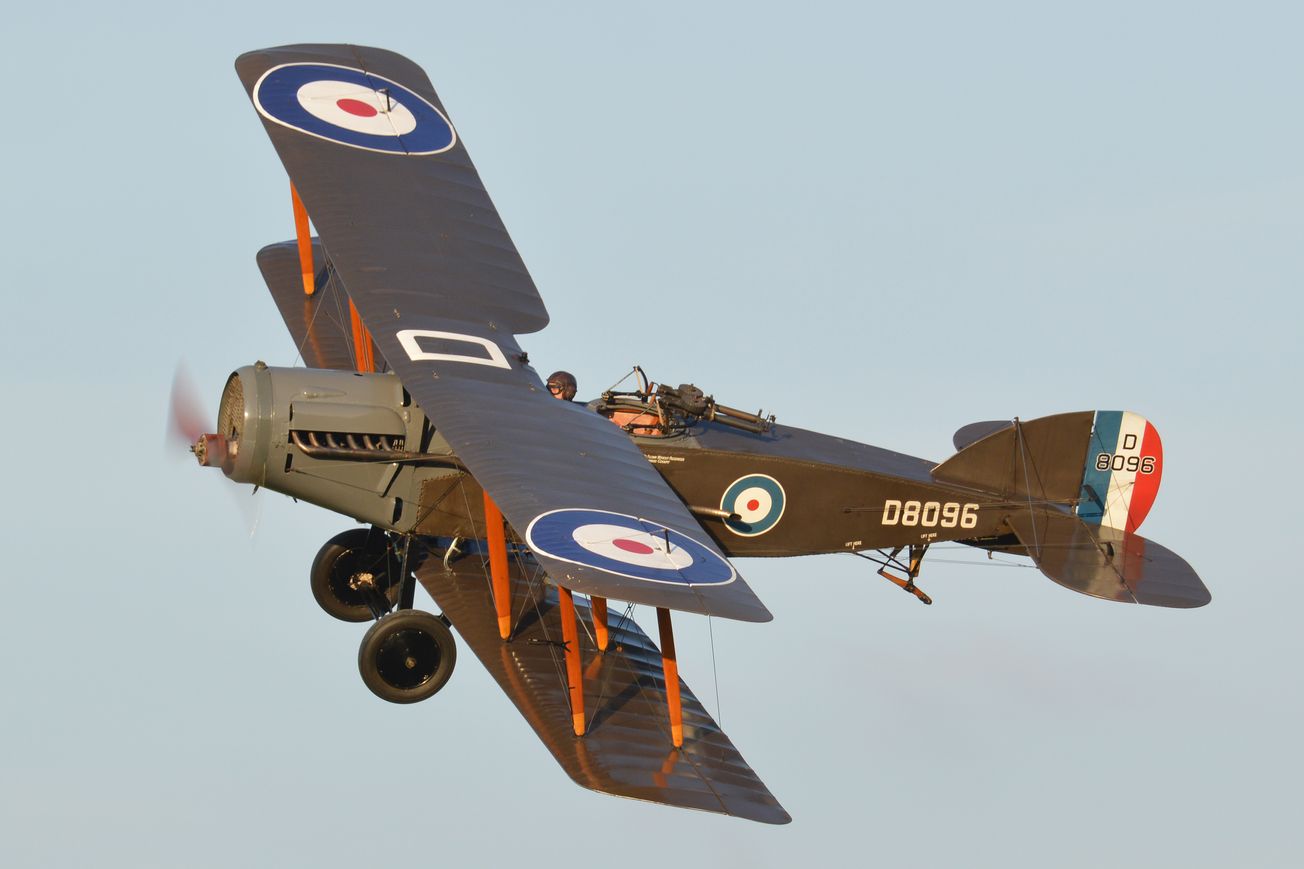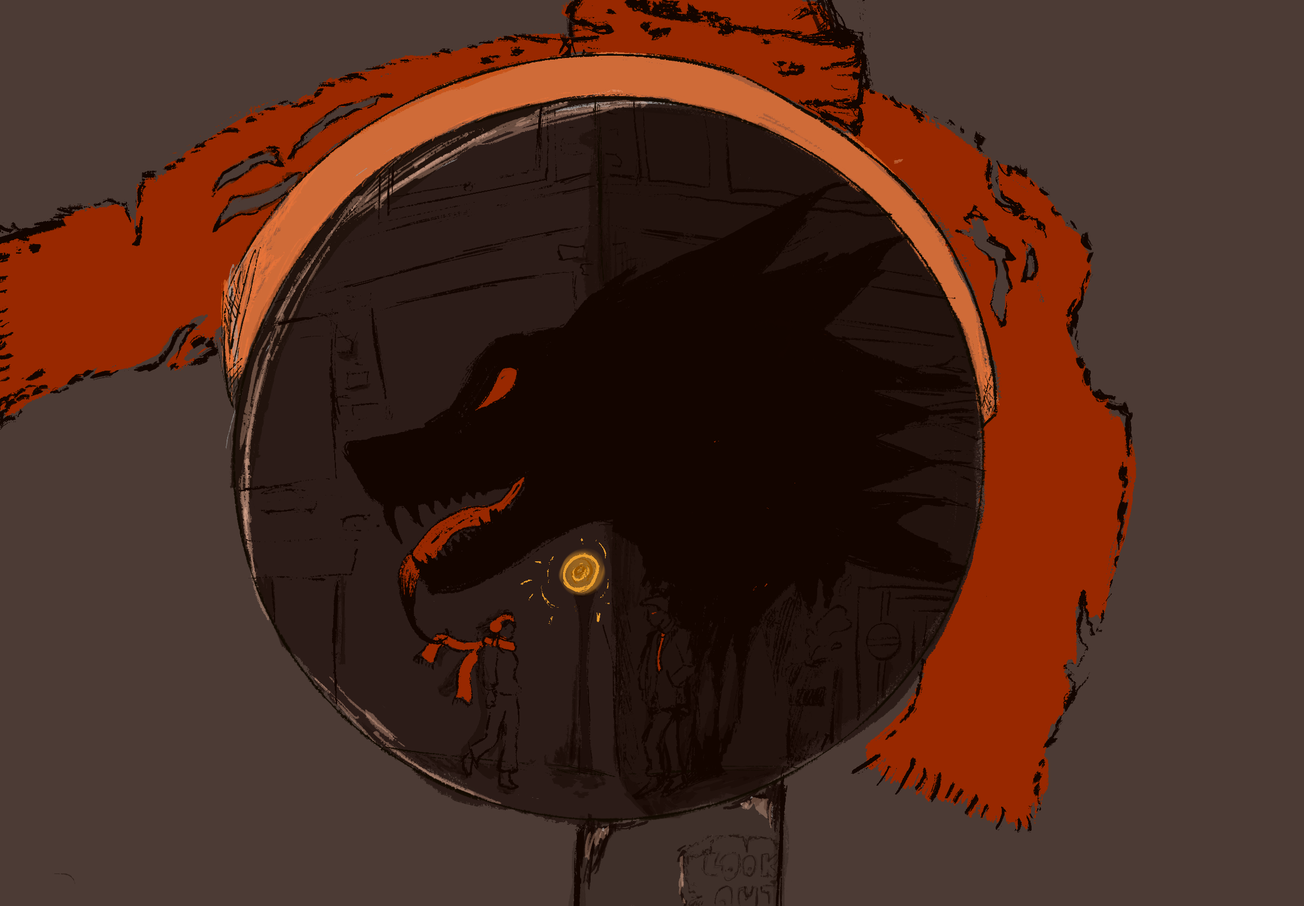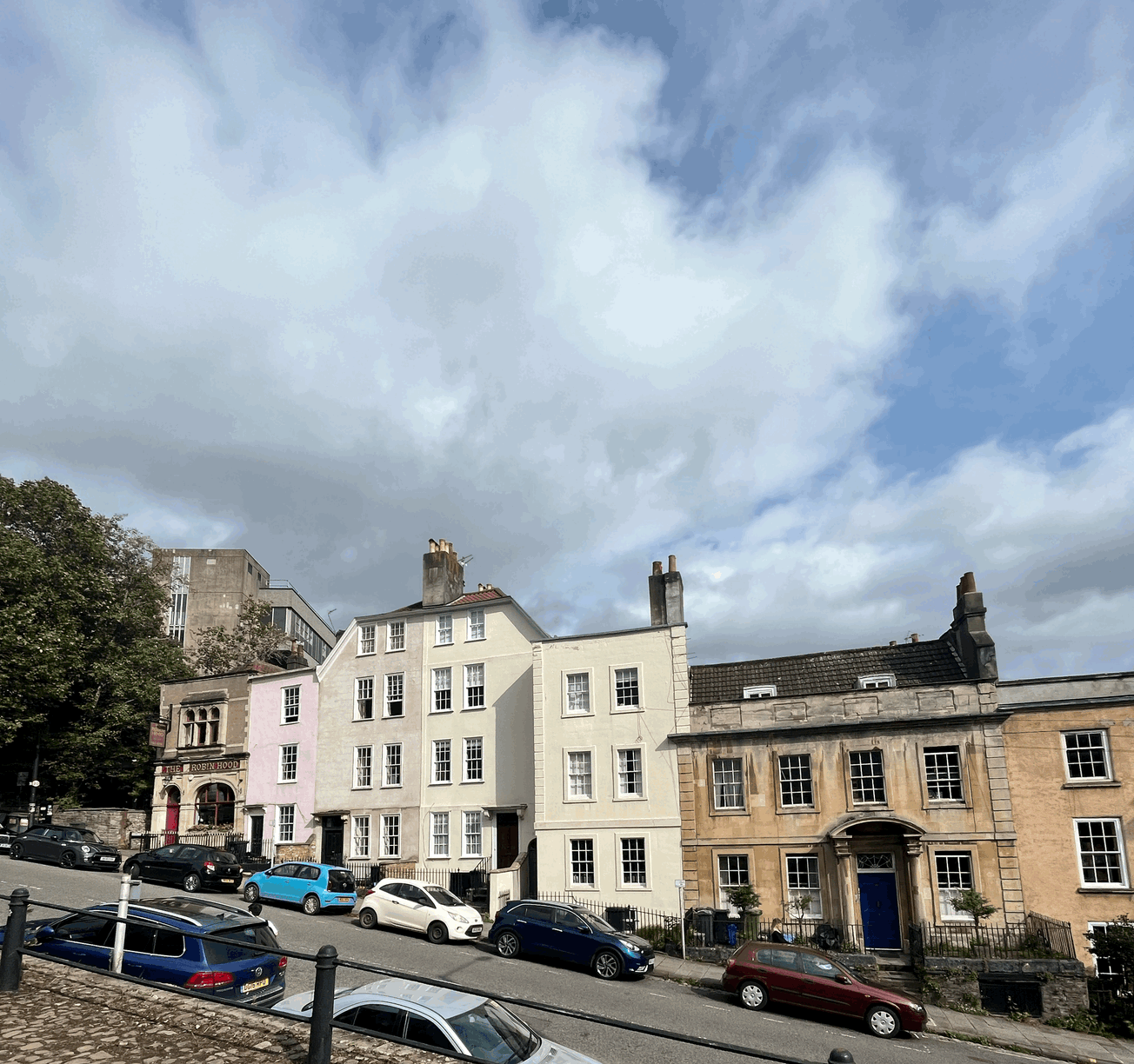By Jack Charters, Deputy Features Editor
A chance encounter in France between Baronet George White and the father of flight Wilbur Wright in 1909 set in motion a period of technological advancement so ground-breaking that its consequences for the shape of warfare, transport, and communication would be felt for over a century to come.
In the years following the Wright brothers first powered flight in 1903, the global aviation industry was in a fledgling state, with research and development projects being poorly funded and amateurish.
That was until Baronet George White, the chairman of the highly successful Bristol Tramways and Carriage Company, met one half of the famous flying duo, Wilbur Wright. Having been impressed by the viability and profitability of commercialised flight, White set up the British and Colonial Aeroplane Company in a tram shed at Filton – a small town five miles from Bristol city centre.
The Bristol Aerospace Company wasn't the only Bristol institution with a long history.
Unlike contemporary projects, this endeavour was well funded, with £25,000 designated as an initial budget. Owing to its professional and well-funded nature, plans for the first plane were produced in just 7 days. The Bristol Biplane, known colloquially as the Bristol Boxkite, was a complex and ungainly jumble of fabric, beams, and wires that could seat two people in tandem.
Yet contrary to its appearance it could indeed fly, and flew it did. Temporary hangars were erected on Durdham Downs for the purpose of demonstration flights for a huge audience; most notably Maurice Tetard’s flight over the Clifton Suspension Bridge, Redlands, and Westbury.
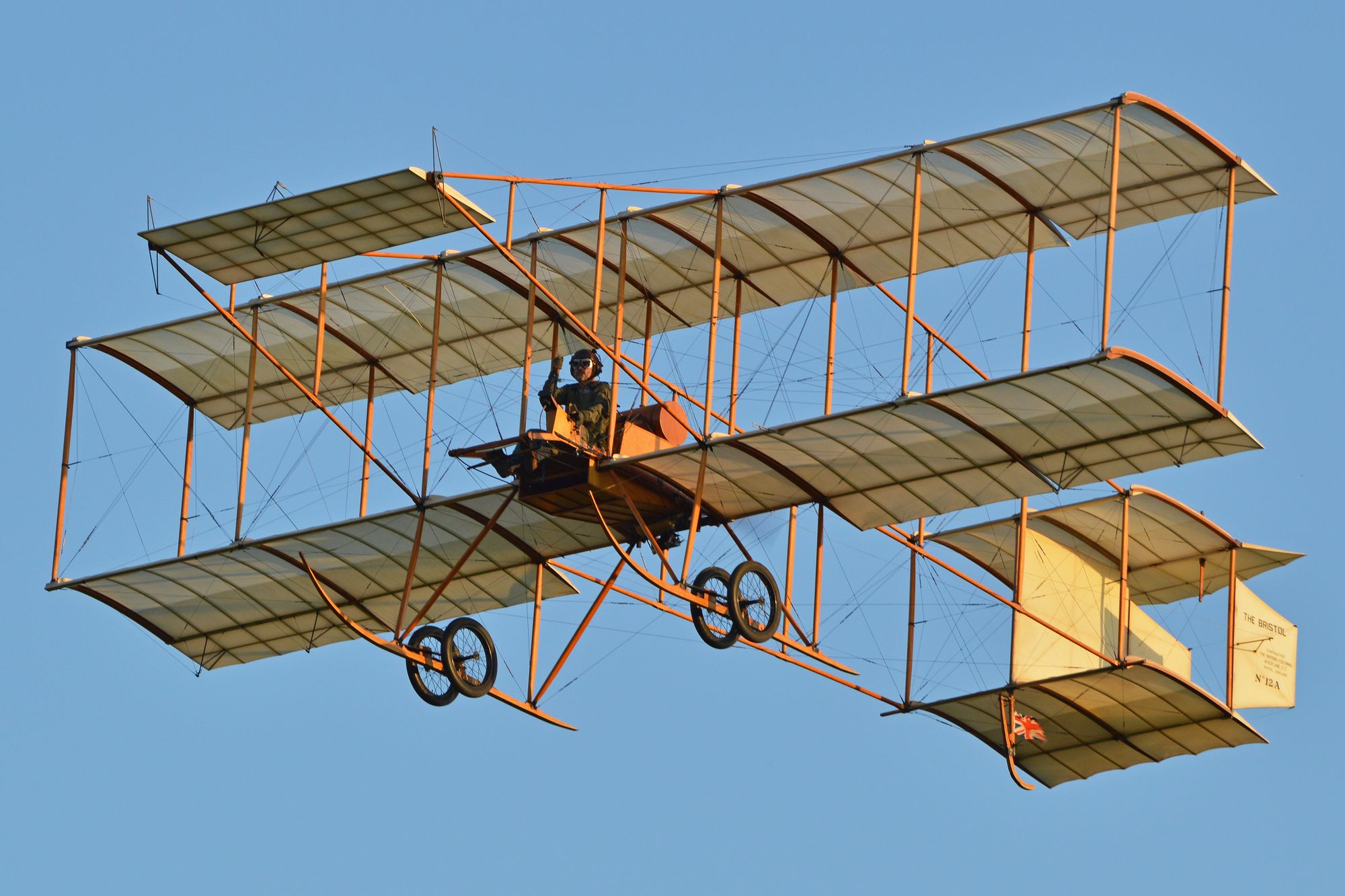
So successful was this iteration of biplane that 78 were produced in the period 1910-1914, with 4 bought by the War Office for training purposes and many others sold to countries as exemplar models. Yet it was the world wars that cemented the company’s reputation as a pioneer of aircraft design and manufacture.
The outbreak of World War One was beneficial to the growth of the British and Colonial Aeroplane Company. Not only were large orders of aircraft put in by the War Office, but there was also greater funding for development of improved aircraft in an attempt to gain aerial superiority. This led to the creation of the second generation of biplane from the company.
It was the world wars that cemented the company’s reputation as a pioneer of aircraft design and manufacture.
The Bristol F2 Fighter became renowned for its performance and is often attributed as being the ‘Spitfire’ of the First World War – a statement reinforced with the fact that 5,300 were built in total. In 1920 the company was reformed into the recognisable Bristol Aeroplane Company, simultaneously taking onboard the aero division of rival company Cosmos Engineering Company in Fishponds.
During the interwar years, the company continued to grow with the Filton site become the largest aircraft production facility in the world. During World War Two the company produced a line of twin engine heavy bombers that contributed significantly to Britain’s offensive capabilities both in land battles and the European bombing campaign. The most notable aircraft to be produced from the company in this era were the Bristol Beaufighter, Beaufort and Blenheim.
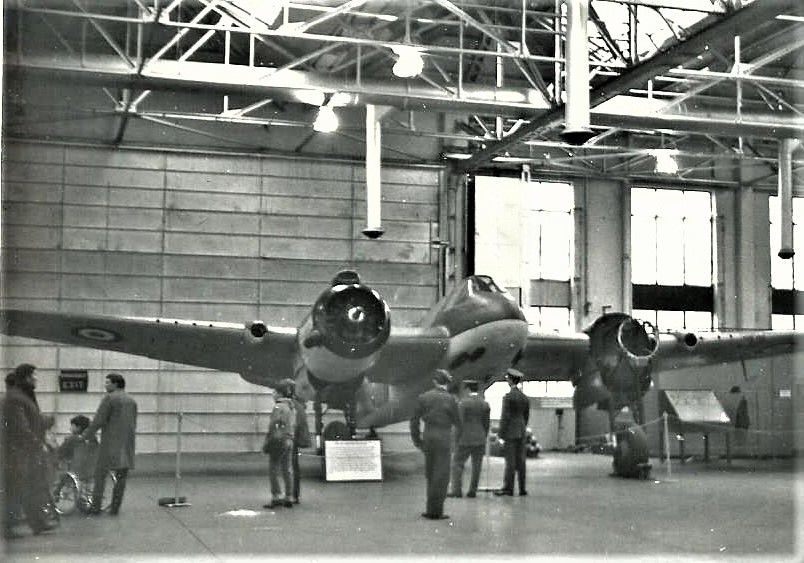
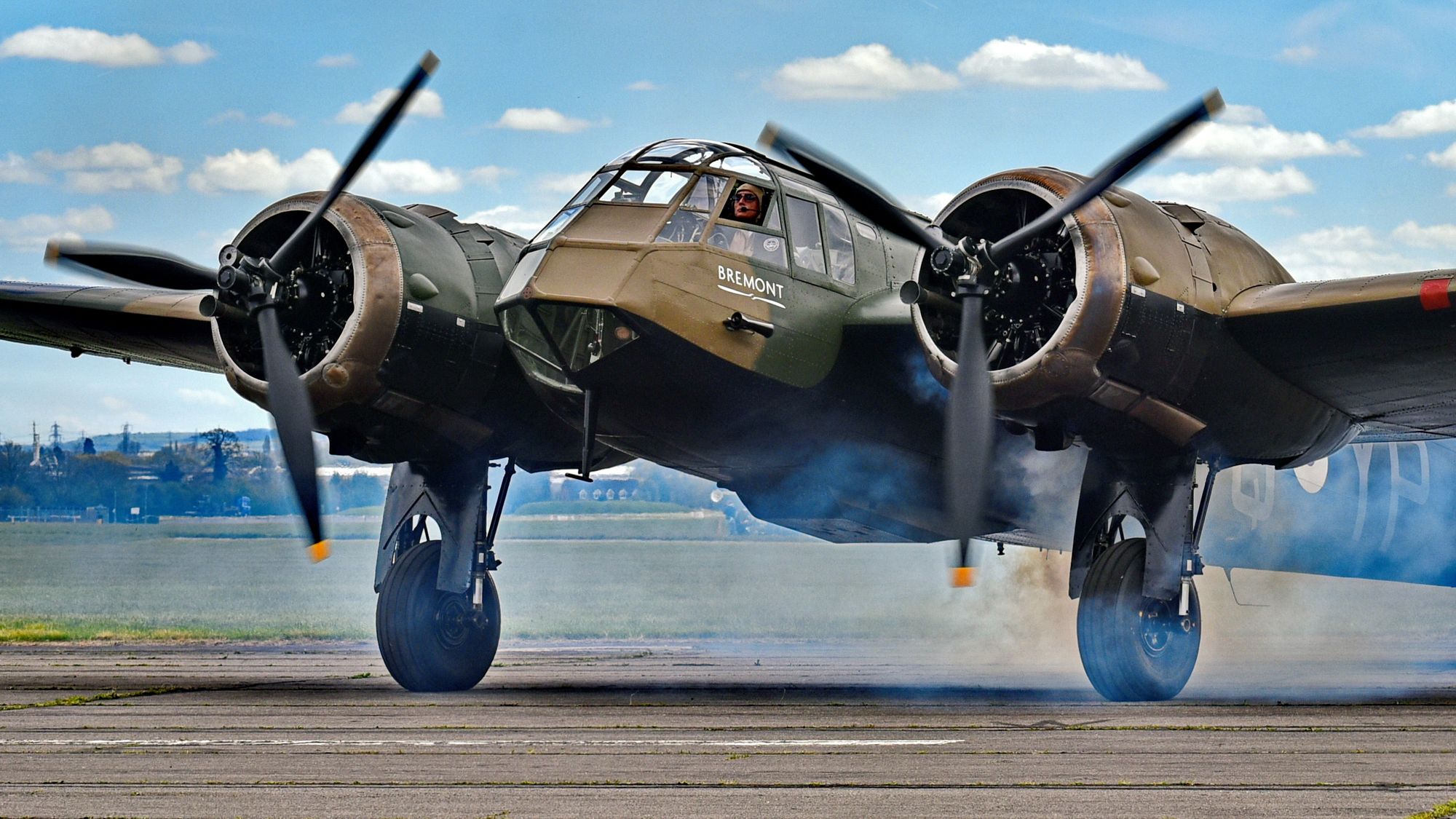
In 1949 Lord Brabazon of Tara released a committee report on future requirements for civil aviation aircraft, with the primary concern being the development of a large trans-atlantic airliner. Consequently the company entered the development race, and began drafting the prototype for the Bristol Brabazon.
The beginning of the end came in 1956 when the company was split into Bristol Aircraft Limited and Bristol Aero Engines.
Known colloquially as the ‘white elephant’, the Brabazon was the largest aircraft at the time and could seat 96 people with bars and a cinema. The production facility was equally enormous, with the assembly hangar occupying seven and a half acres of land, and the entire town of Charlton was levelled in order to extend the runway for the Brabazon.
Despite the sheer amount of development and advancements made during the project, there was little commercial or military interest, which led ultimately to the projects demise.
The Bristol Brabazon was huge for its time, being sized roughly between the much later Airbus A300 and Boeing 767 airliners however it wasn't able to attract orders as many believed it to be too big. Here is the aircraft landing after the types first flight in 1949. pic.twitter.com/mYR10ajZQx
— UK Defence Journal (@UKDefJournal) November 27, 2018
Contrary to its name, the Bristol Aeroplane Company did not solely specialise in aircraft. Having acquired the car company Frazer Nash in the years following the Second World War, the Bristol Aeroplane Company began production of luxury cars.
The Bristol 400 drew upon prewar BMW designs, boosting both quality and performance. This foray into the automotive industry naturally led to the company becoming involved in racing. The Bristol 450 took first, second and third in the 1954 and 1955 Le Mans 24 hour race. A series of mergers in the years 1958 – 60 meant the car division eventually became its own standalone company.
The company’s reliance on wartime demand meant that in times of peace, production of planes slumped significantly, to the point where the company had to produce other commodities to prevent layoffs. Prefab, flatpack houses, otherwise known as AIROH houses, were constructed at Filton and shipped across the world. Furthermore, the Bristol Aeroplane Plastics division helped create and manufacture Glassfibre Reinforced Plastic, which came to be known as Fibreglass.
The beginning of the end came in 1956 when the company was split into Bristol Aircraft Limited and Bristol Aero Engines. The Bristol Aircraft Limited company was taken over by the British Aircraft Corp in 1960, marking the end of over 50 years of Bristolian aeronautical prestige.
Featured Image: Flickr/Alan Wilson
Have you seen any of the Bristol Aeroplane Company's planes? Let us know!

